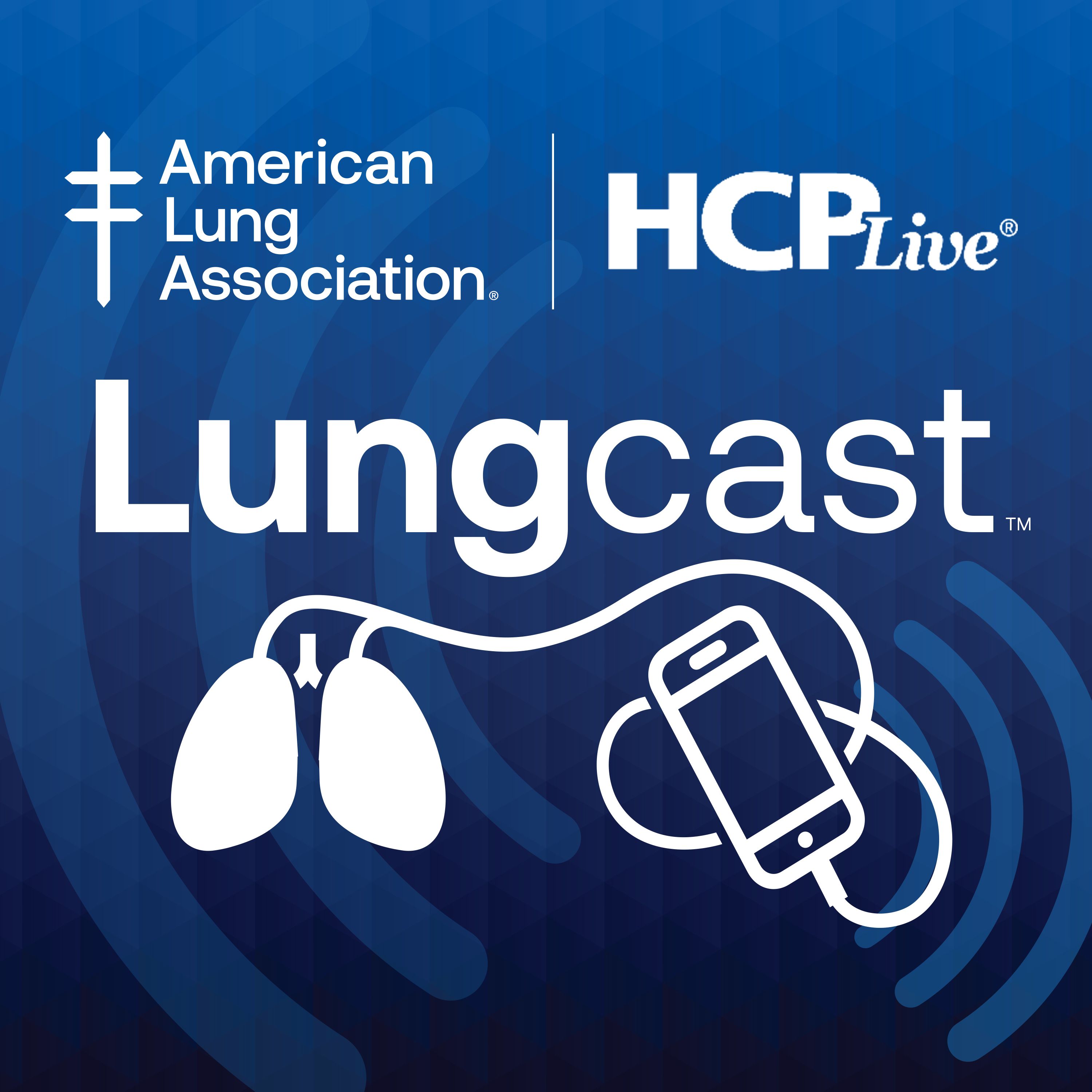Video
Insomnia Management: Optimizing Nonpharmacologic Methods
Karl Doghramji, MD: Cognitive behavioral therapy has a number of advantages. Obviously, it does not introduce the metabolic and adverse-effect burden of medications. No. 2, it tends to have a long-acting, or longer-acting, effect. Many months and even years after the discontinuation of cognitive behavioral therapy, we see evidence of continued efficacy with insomnia. It still works up to 1 or 2 years after therapy has been completed. This is not something we see with hypnotic medications or sleeping pills. They stop working very quickly after discontinuing the medication. No. 3, cognitive behavioral therapy, especially in older individuals, does not introduce many of the cost risks associated with medications, and cost factors are significant in older individuals.
On the other side of the equation, the disadvantages of cognitive behavioral therapy are that the number of therapists who are available and trained well to do the therapy are few and far between, unfortunately. And some of them don’t have adequate insurance coverage. The other disadvantage of CBT, or cognitive behavioral therapy, is that it tends to not work quite as quickly as pharmacotherapy. If there are individuals who need rapid treatment, that may be the less appropriate approach. Finally, CBT is much more appropriate in individuals who have multiple medical conditions and who have multiple drugs on board. Because the data clearly show that these folks are better treated and the treatments are more effective when CBT is the choice over pharmacotherapy.
Mindfulness techniques and mind-body relaxation techniques are useful, of course, for individuals who have a high degree of arousability. And arousability, or brain activation, is common in many insomniacs. Muting that, or diminishing that activation, may be very helpful. Yoga, tai chi, biofeedback, meditation—these all may be helpful and have shown to be helpful in a variety of conditions, including anxiety disorders and so on and so forth. I do think they’re useful; they’re helpful. Again, the question is, are there enough trained therapists to do these? And the length of time it takes to do these things, and to implement them, may be a problem for some older individuals.
There are many substances that are available to insomniacs without a prescription, such as over-the-counter hypnotic medications. These typically are in the realm of diphenhydramine and doxylamine, the antihistamines. And there are many other compounds that are so-called natural compounds, nutraceuticals, which are available as well.
We find that many insomniacs have tried these compounds before they see a physician. The advantages of these agents, of course, or at least the perceived advantages, are that they’re cheap, they’re available without a prescription, and they’re readily available to anyone who wants to use them. And they have the allure of having fewer adverse effects or fewer burdens to the patient.
Unfortunately, most of these agents have not been well studied or well researched in clinical settings. Many of them may have adverse effects that are not well known. The concern, of course, is that by combining many of these agents together, they produce toxic metabolic effects as well as CNS [central nervous system] effects, which people may not be necessarily aware of. We always recommend to older individuals that they use these agents judicially and report them to their physicians so that we at least have a knowledge of what they’re on.
One of the commonly used medications is melatonin. Melatonin is a newer hominine, which is naturally secreted and thought to regulate sleep and circadian rhythms. And there are many formulations available. Meta-analytic data have shown that melatonin has very modest positive effects on sleep latency and sleep maintenance. It may help people fall asleep more quickly, around the order of a few minutes, and maybe sleep a few minutes longer.
Its effects don’t seem to be all that striking or all that impressive. And the problem with melatonin also is that we just don’t understand its adverse effects. There are some fairly well-done data suggesting that it increases glucose resistance and may also increase insulin production with fewer insulin effects on target tissues. I think the use of melatonin may be a good practice in some cases, but we don’t understand its adverse effects well. Finally, melatonin formulations vary quite a bit, and there’s no regulation of its use by the Food and Drug Administration.
These natural products are available and widely utilized. We just don’t quite understand if they have a positive effect or what effects they do have and, more importantly, what their adverse effects are.
I think in a complementary health approach, important points are first to ensure that we know what agents the patients are using. No. 2, ensure that the ones they’re using have at least some data suggesting their usefulness. And No. 3, at least we understand what some of the adverse effects are of these medications. And advise patients that little is known about these and to use their judgment about prolonged use.
Transcript edited for clarity.





